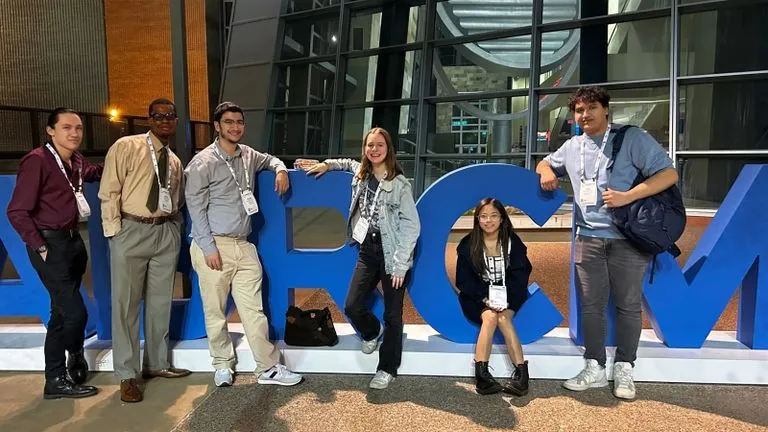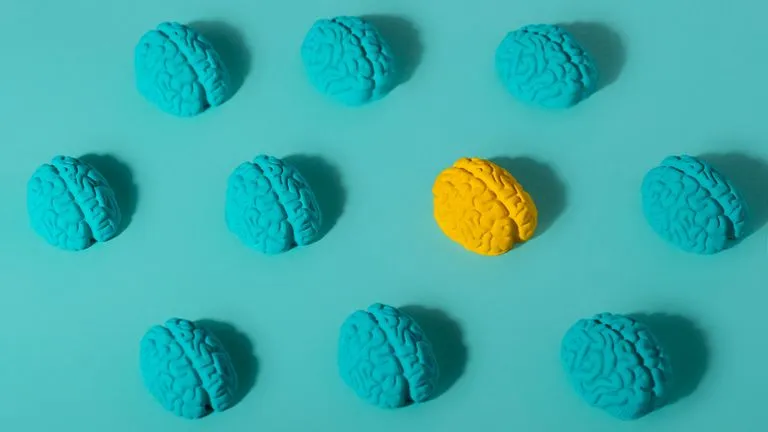
Psychology
The Psychology Department at Hunter College introduces students to the core concepts of behavior and mental processes through exploration of foundational theories and influential empirical research. Students engage with the full range of the field, from basic biological foundations, cognition and development to more applied areas focusing on social influences, mental health and psychological well-being.
Academics
Studying psychology is a fantastic way to enhance your understanding of human behavior, improve your communication skills, and develop critical thinking abilities. These skills are invaluable in a wide range of careers and can greatly contribute to your success in various professional fields.


Meet Our Team
Known for their deep devotion to teaching, the members of the Psychology department provides students with a superior hands-on education. Our faculty and staff come from a wide-range areas of specialization and research in Psychology such as: Animal Behavior, Physiological, Cognitive, Developmental, Social, Clinical, and Health.




